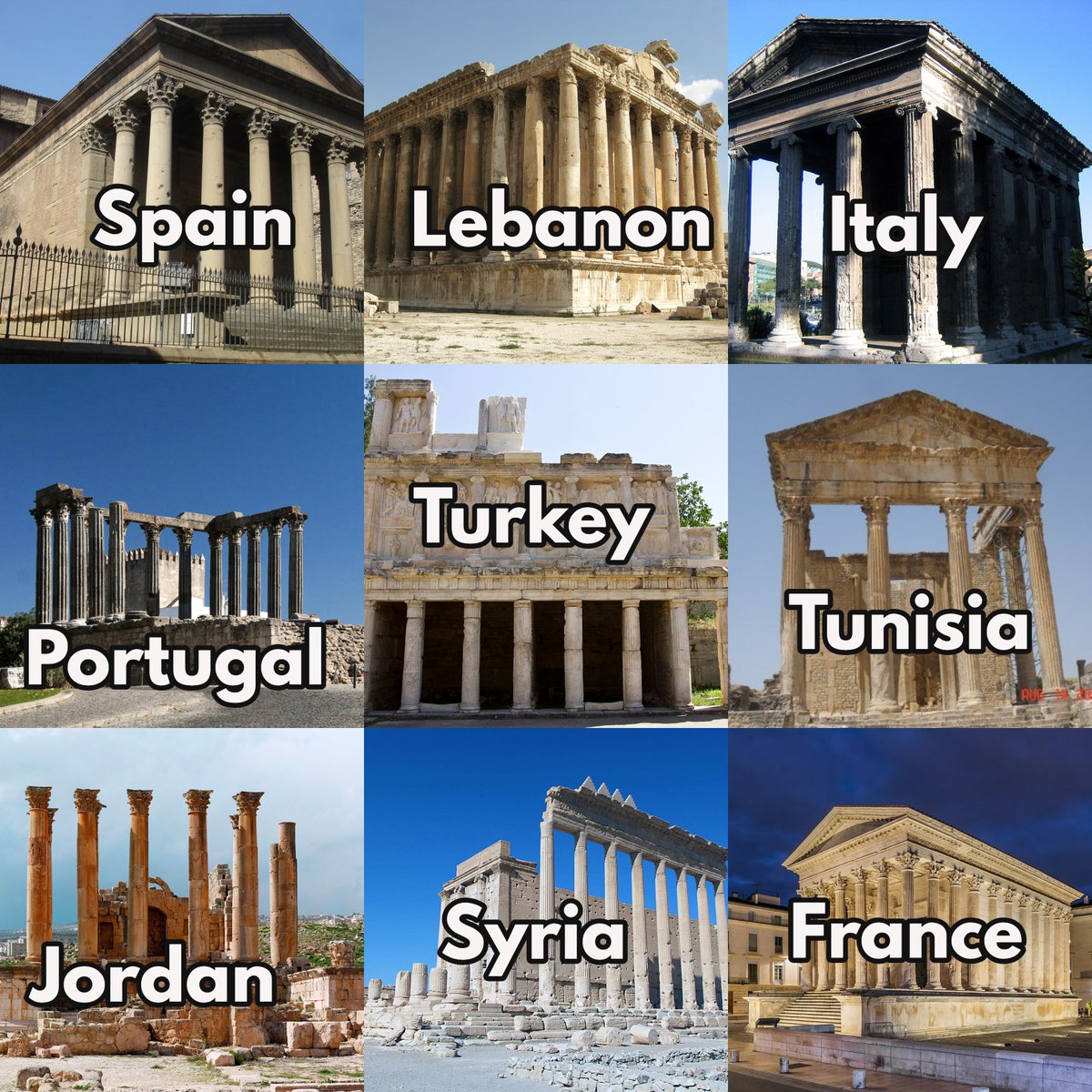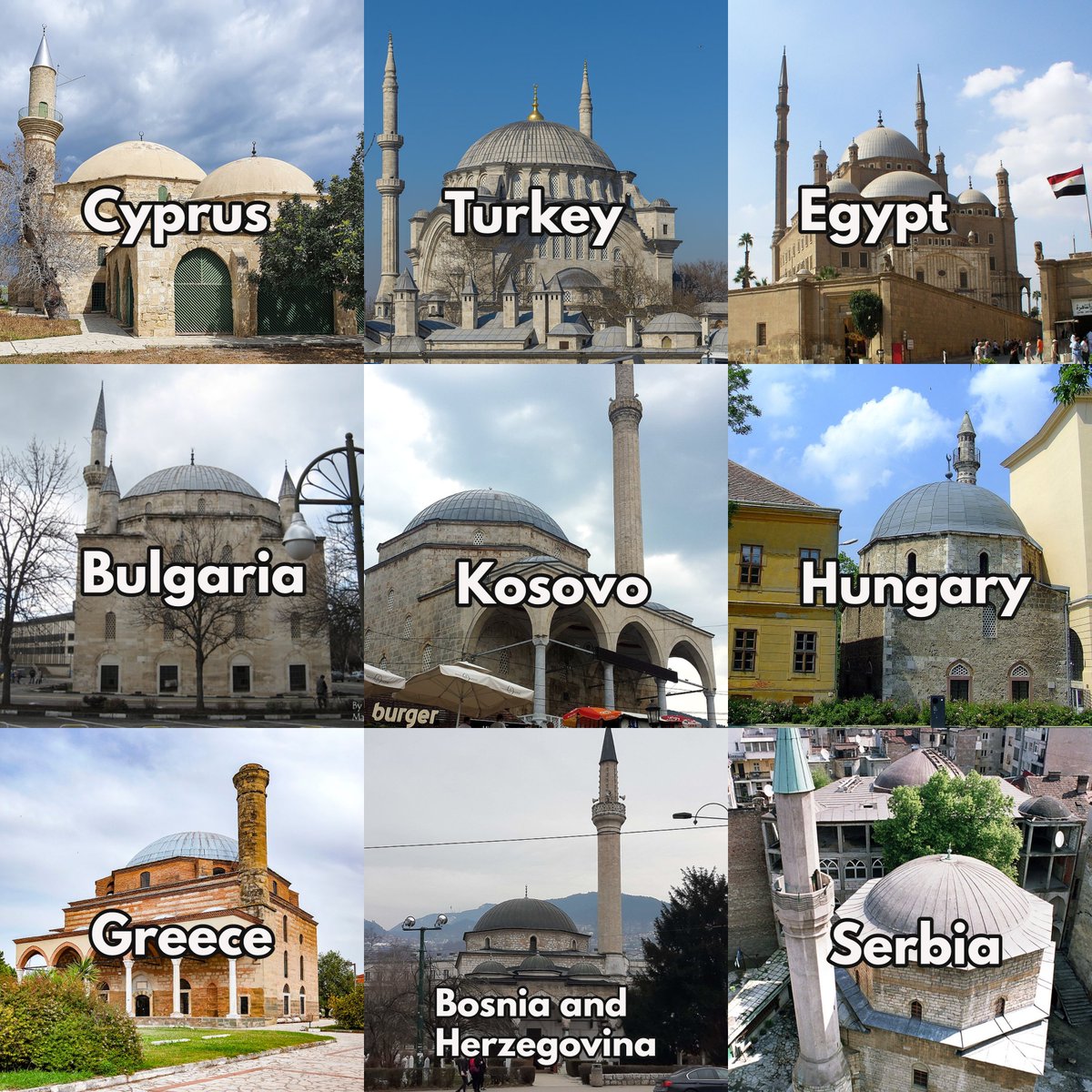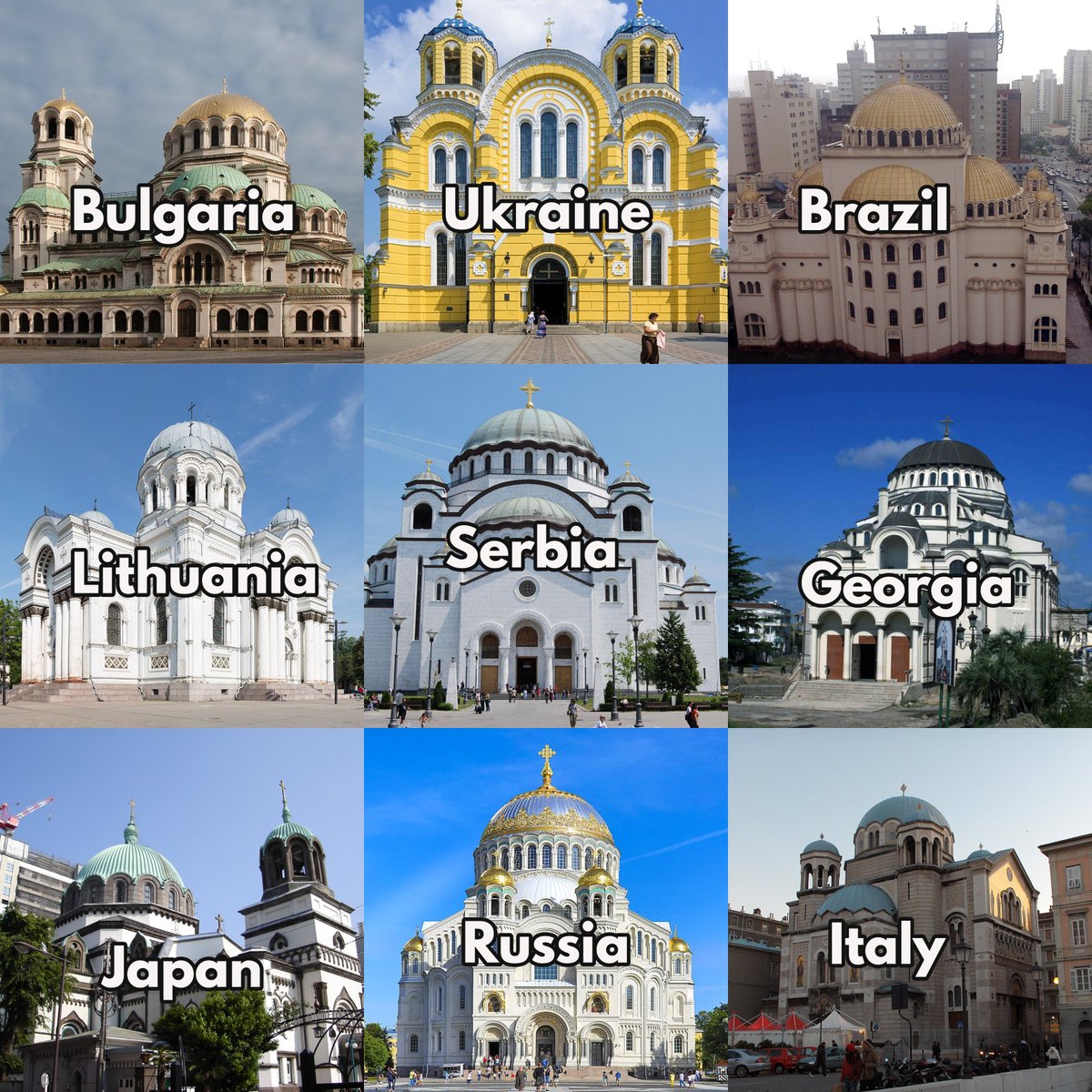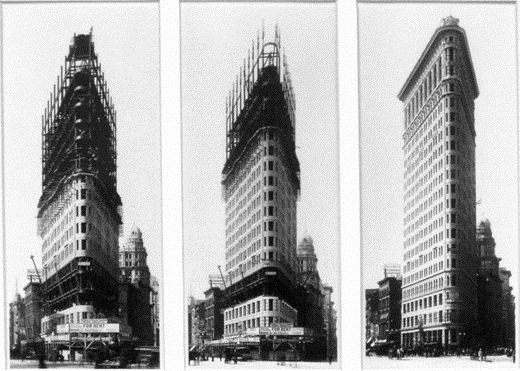Student Village Academy › Forums › GENERAL DISCUSSIONS › Why are cities all around the world starting to look the same?
Tagged: History
- This topic is empty.
-
AuthorPosts
-
-
December 7, 2022 at 10:33 AM #43498
 justseyiKeymaster
justseyiKeymasterWhy are cities all around the world starting to look the same?
 This might not be going where you think.
This might not be going where you think.Because, for centuries, the forces of technology, religion, colonialism, economics, style, and practicality have conspired to create regional, continental, and even global homogenous styles.
Two thousand years ago the Romans were at it:
And in Medieval Europe Gothic architecture was absolutely dominant in the construction of churches and cathedrals.There was plenty of regional variation across the continent but, broadly speaking, they were part of a unified architectural style:
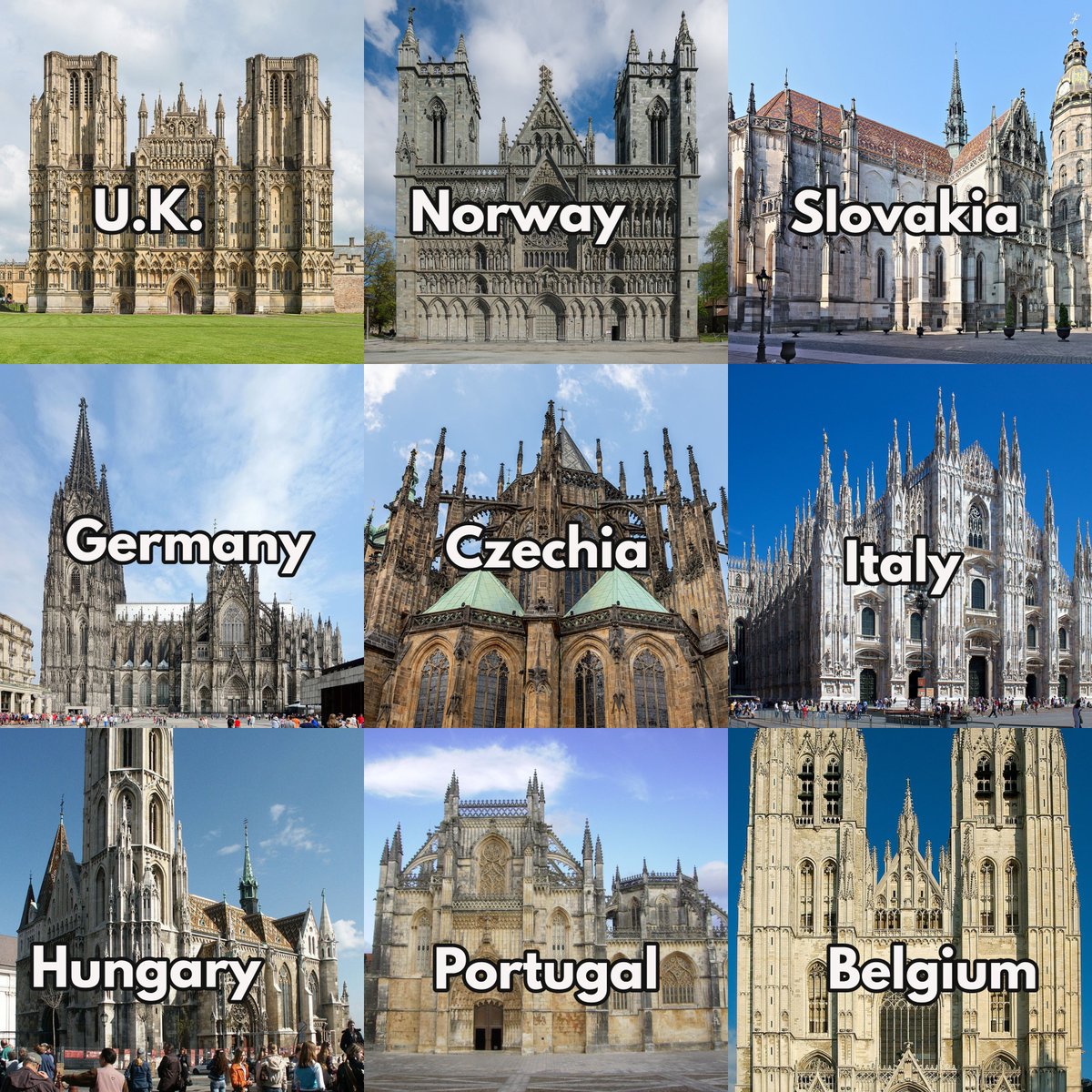 Then there’s something like the ‘resting hill roof’ with its distinctive gables, which originated in China and spread wide and far:
Then there’s something like the ‘resting hill roof’ with its distinctive gables, which originated in China and spread wide and far: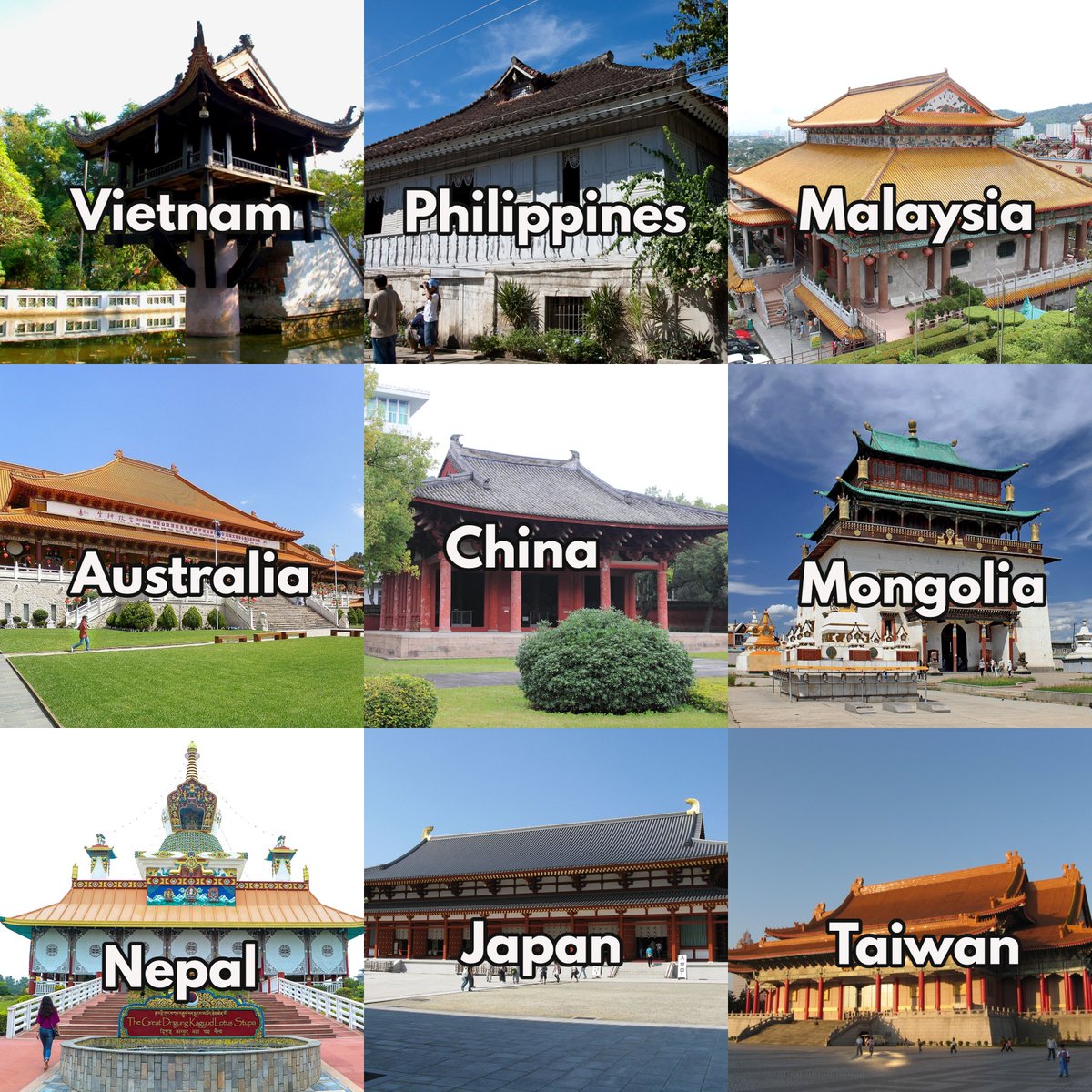 In the 18th and 19th and early 20th centuries, Neoclassical architecture was quite literally a global style.
In the 18th and 19th and early 20th centuries, Neoclassical architecture was quite literally a global style.Cities may all look the same in 2022, but that has been the case before.
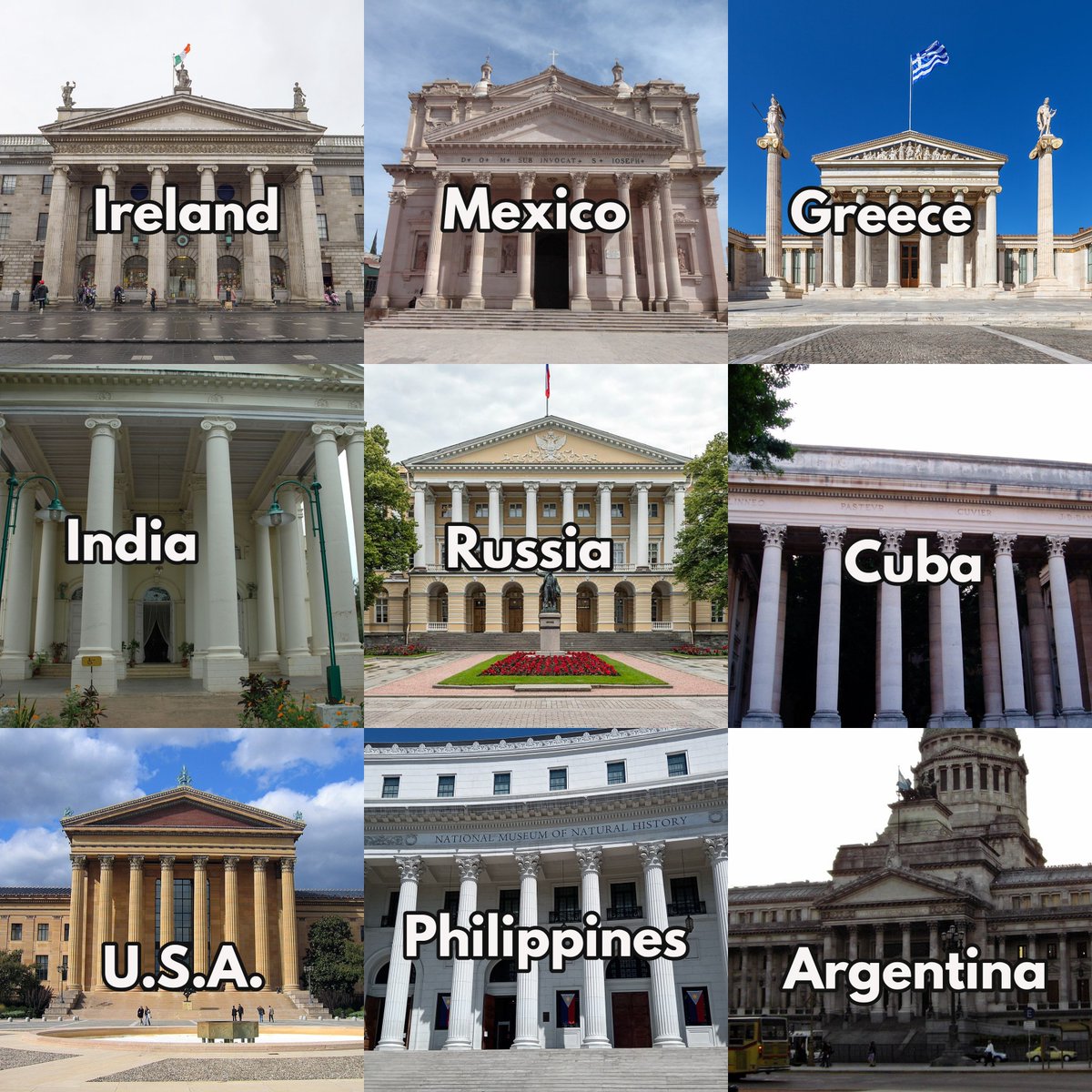 And though many do not, there are a number of mosques around the world which share a similar form and style:
And though many do not, there are a number of mosques around the world which share a similar form and style: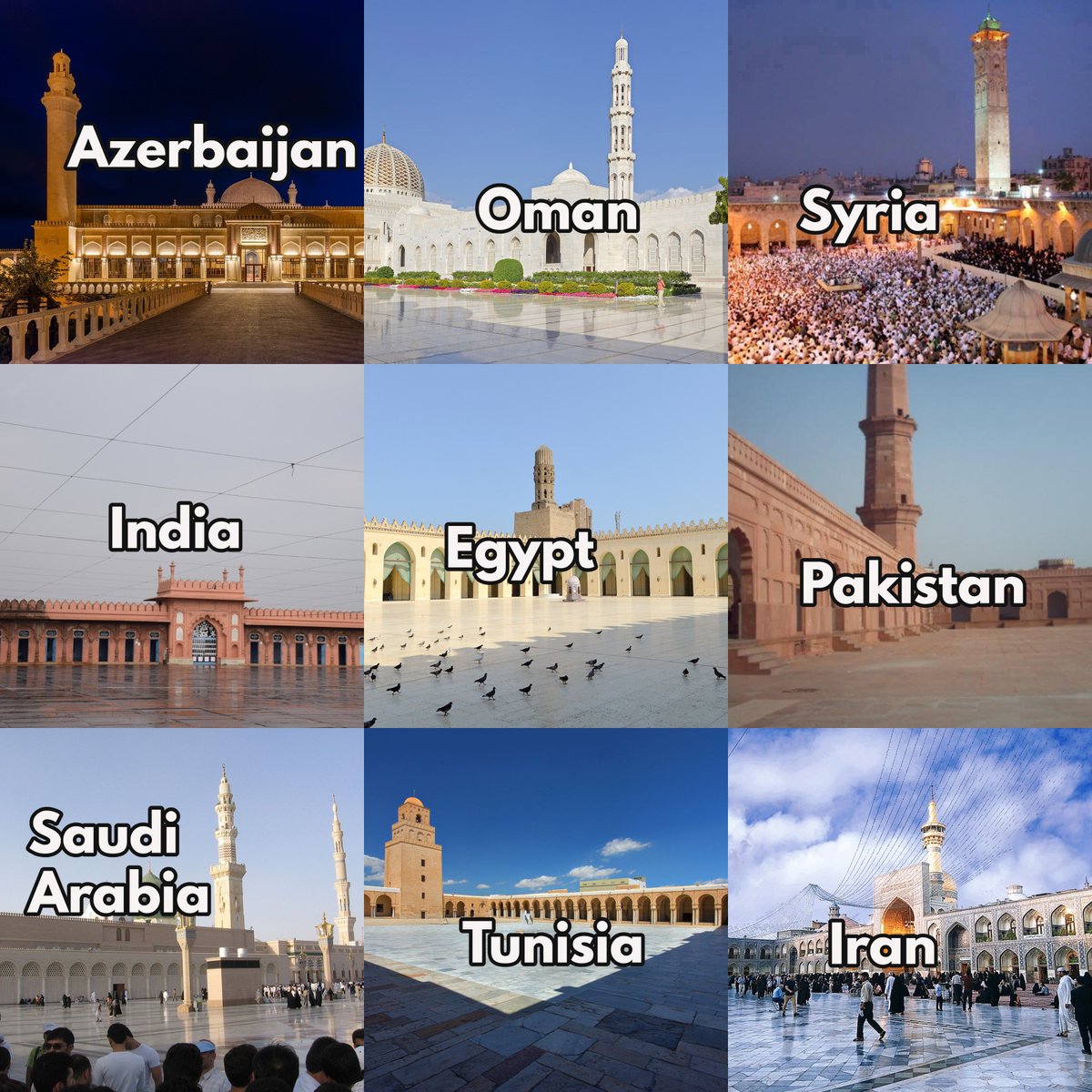 While Neo-Byzantine architecture was popular in the 19th and early 20th centuries for Orthodox churches.
While Neo-Byzantine architecture was popular in the 19th and early 20th centuries for Orthodox churches.Like with the mosques and Gothic cathedrals, people had found a particular way of constructing and designing a specific building – that seems to be the case for skyscrapers.
None of this is to say that there *isn’t* a growing homogeneity in architecture.The rise of glass-fronted skyscrapers and plastic-clad box buildings is a truly global phenomenon: none of the other examples were quite on this scale.
But what those examples show is that architectural homogeneity isn’t a novel trend. And, more importantly, they might give us some idea of why it happens.Before the world was such an interconnected place, architectural styles varied immensely; those mentioned here differ a lot:
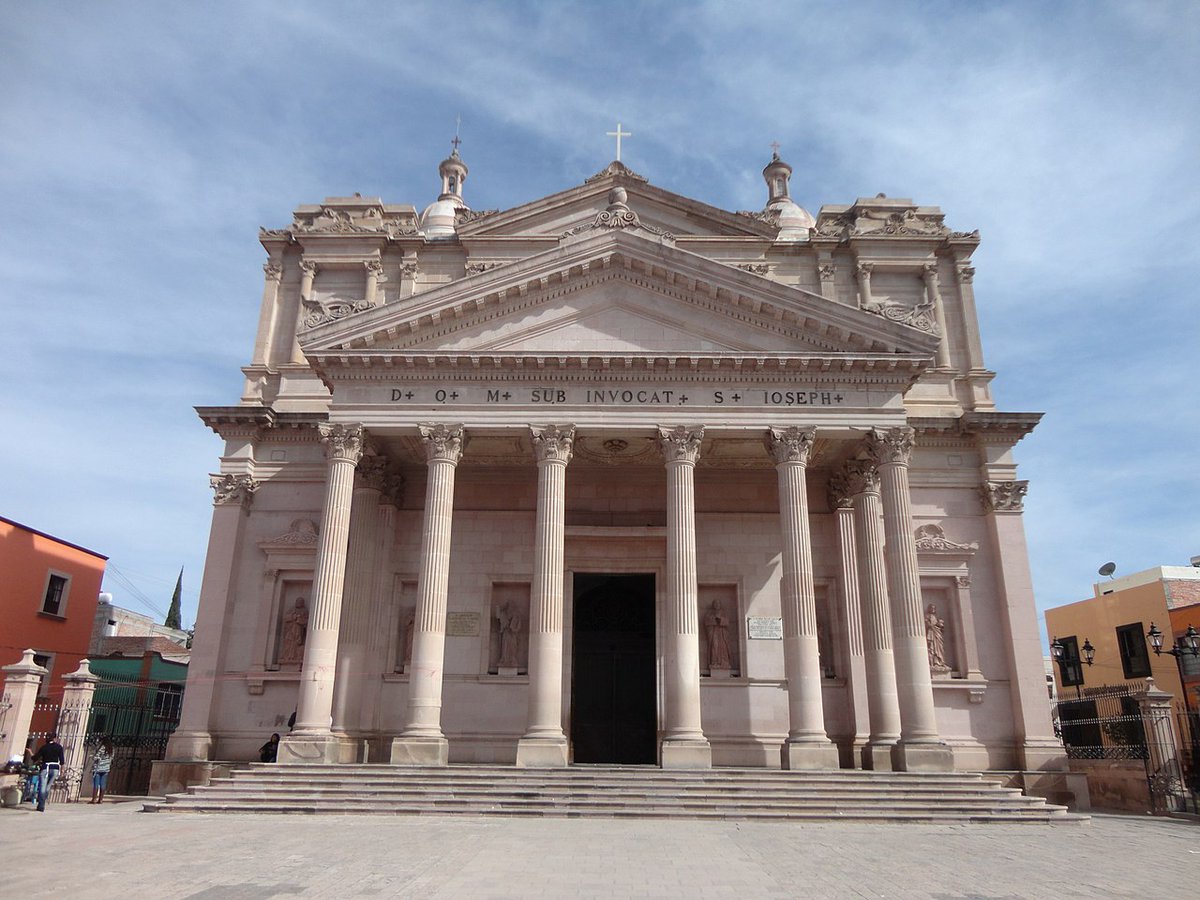
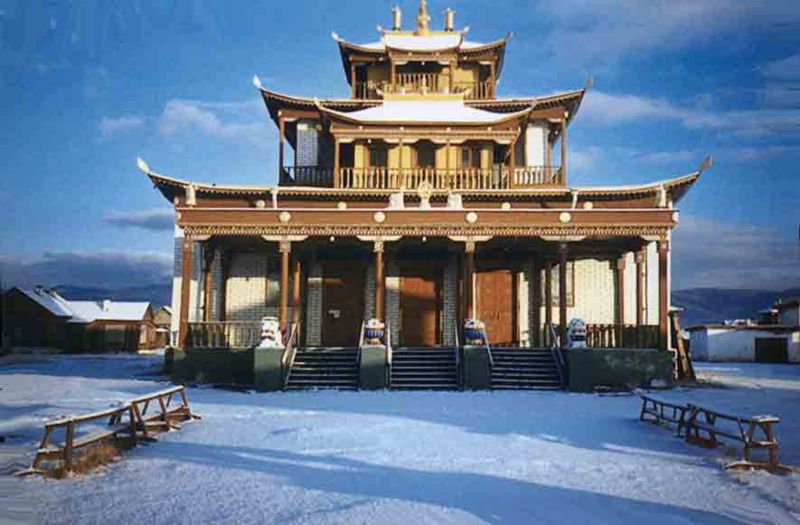

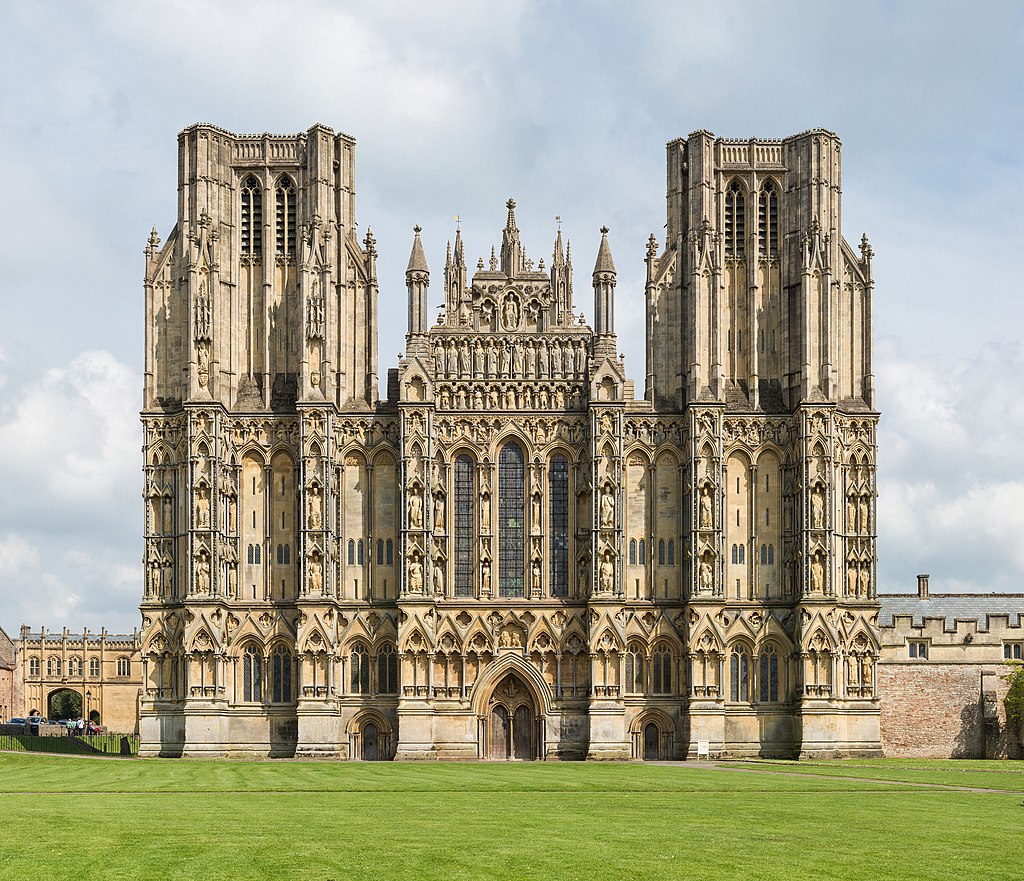 What causes them to converge?
What causes them to converge?It’s fairly obvious why an imperial power – which rules a foreign land and builds in its own way – would cause homogeneity.
Religion is more interesting; it speaks to identity, heritage, and tradition
Hence, perhaps, why modern religious buildings still vary so much – especially compared to things like skyscrapers, banks, offices, or hotels.Both of these were completed in the last twenty years: the Saint Sava Church in Belgrade and the Sultan Qaboos Mosque in Muscat.
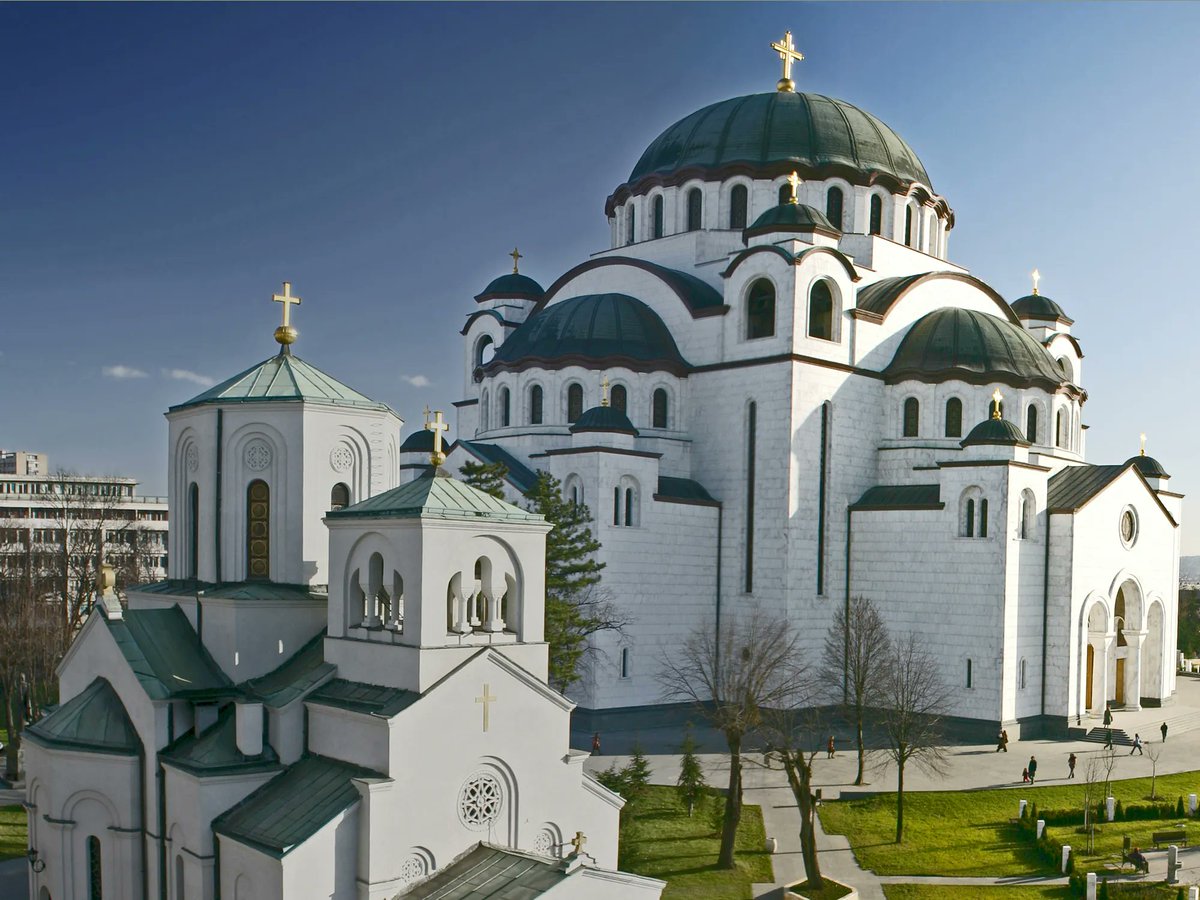
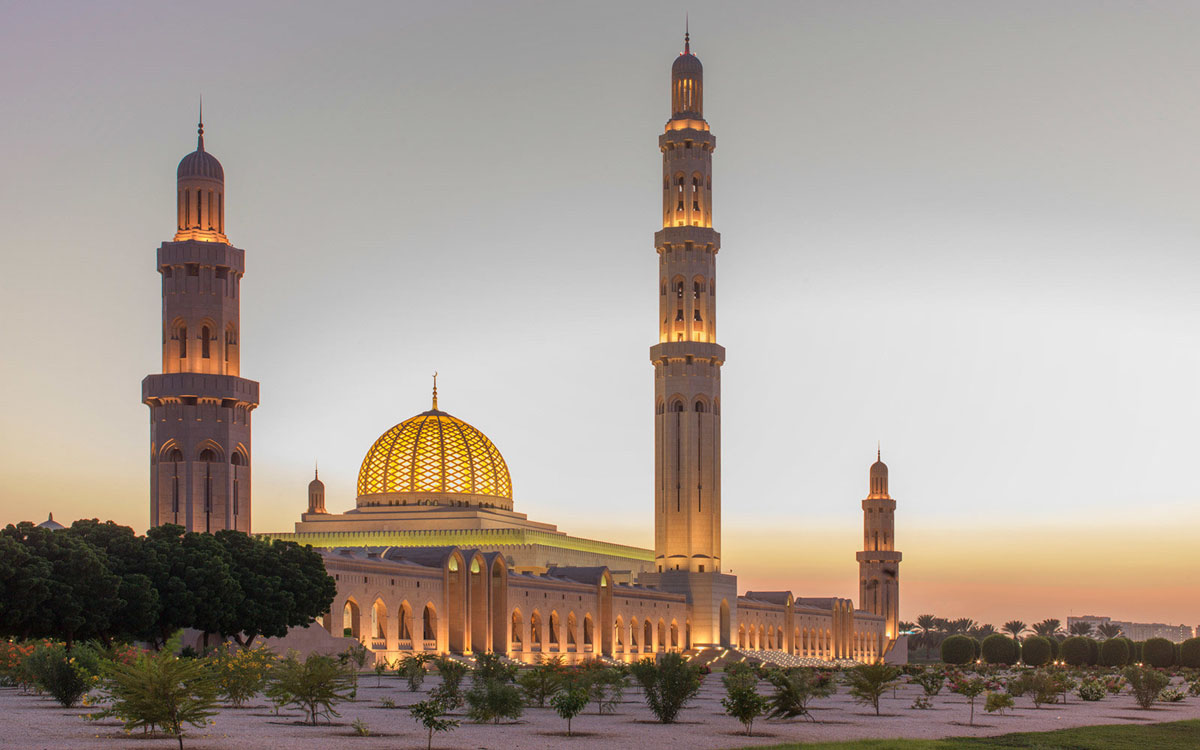 The role of practicality is often overlooked in the development of architectural styles.
The role of practicality is often overlooked in the development of architectural styles.Consider the wonderful and distinctive Sudano-Sahelian architecture of West Africa, which flourished particularly in the Middle Ages:
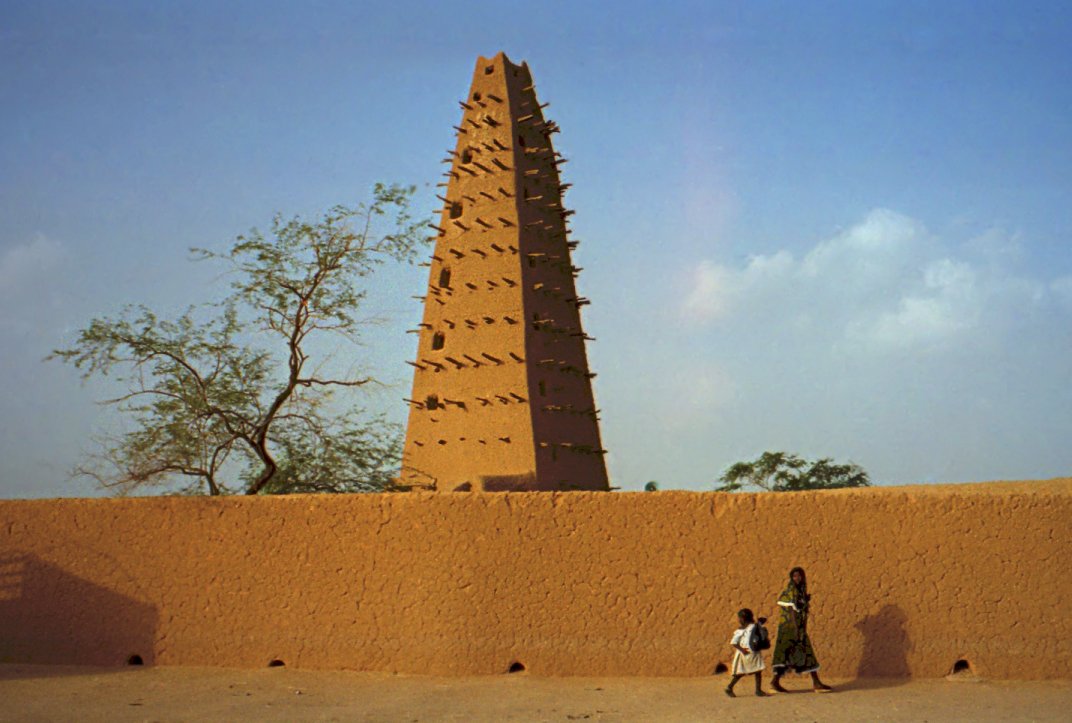
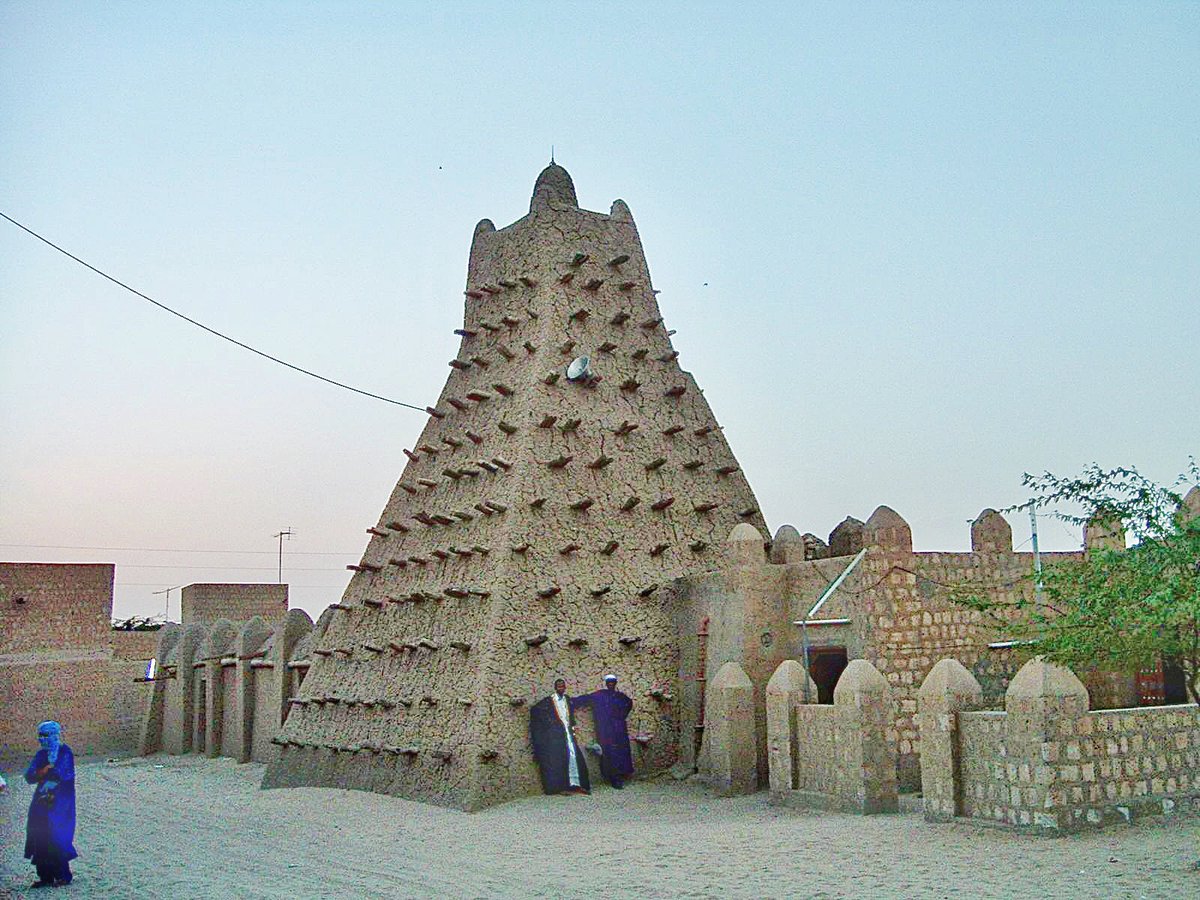
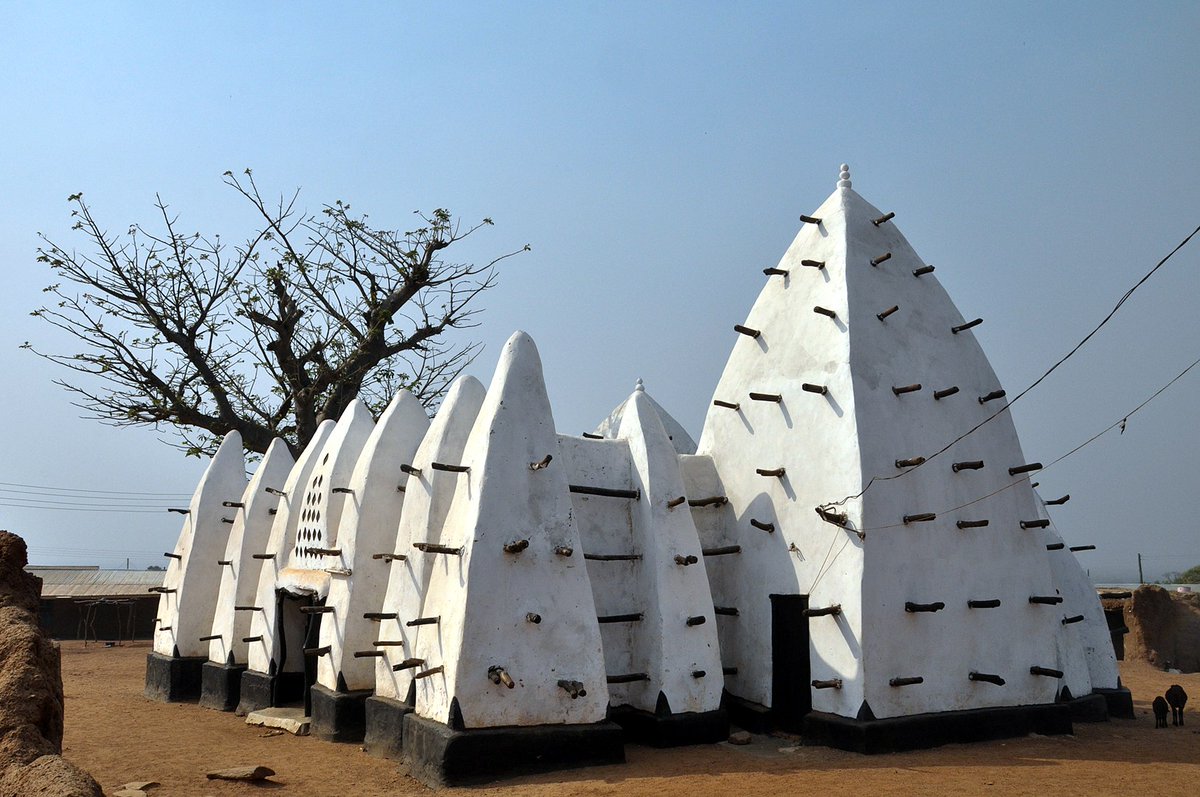 Its buildings were made from adobe, a locally available material, and those distinctive wooden beams were there to improve structural stability and to act as scaffolding – regular repairs to the adobe walls of such buildings are necessary.
Its buildings were made from adobe, a locally available material, and those distinctive wooden beams were there to improve structural stability and to act as scaffolding – regular repairs to the adobe walls of such buildings are necessary. And, while thatched cottages might look quaint and charming to us, their prevalence was due to the availability of the materials – reeds, straw, hay, palms, heather – their durability, and their usefulness for insulation and weatherproofing.
And, while thatched cottages might look quaint and charming to us, their prevalence was due to the availability of the materials – reeds, straw, hay, palms, heather – their durability, and their usefulness for insulation and weatherproofing.
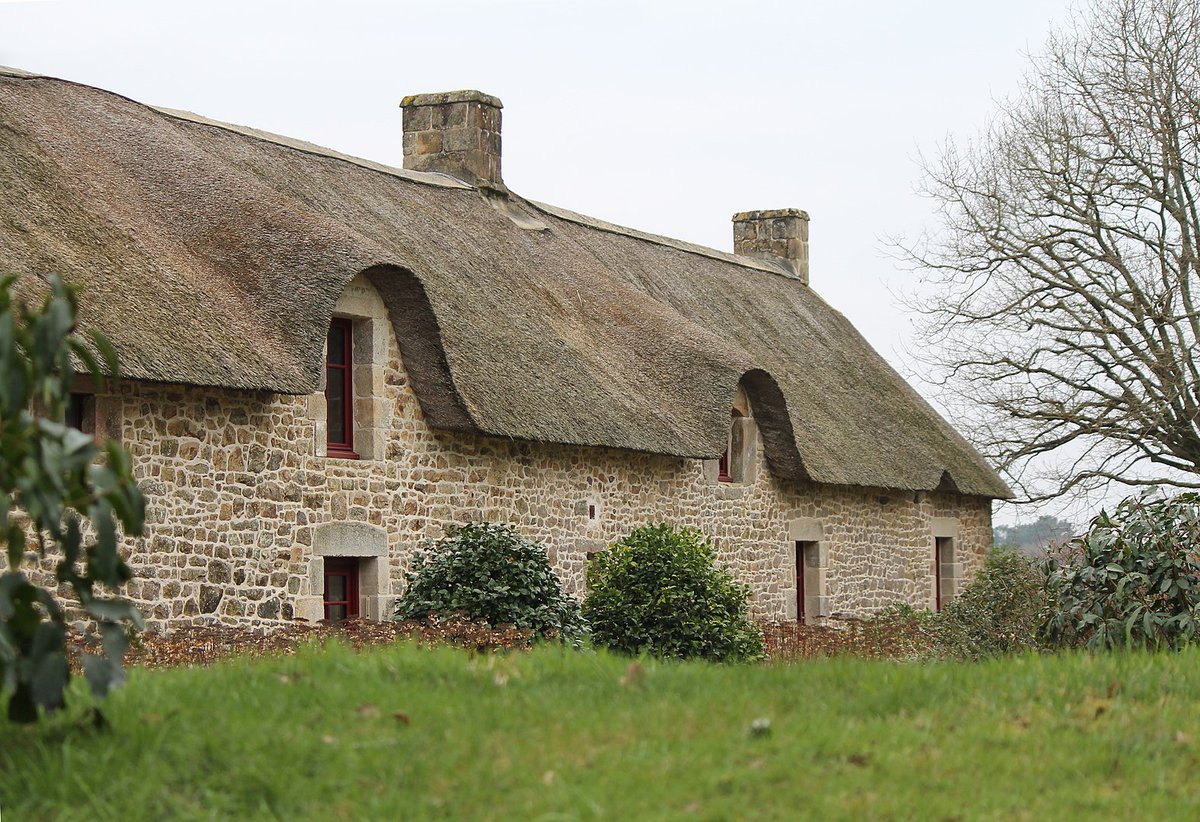
 But, as trade increases, the need to rely on local materials disappears.
But, as trade increases, the need to rely on local materials disappears.That, and the invention of new materials or techniques. For example steel frames and reinforced concrete were game-changers; they made skyscrapers possible.
So we must ask *why* this particular style has become the global default.Practicality? Perhaps. The modern world seemingly needs skyscrapers, and this might be the best way of building them.
Like how neoclassical civic buildings had a specific look, so do modern skyscrapers.
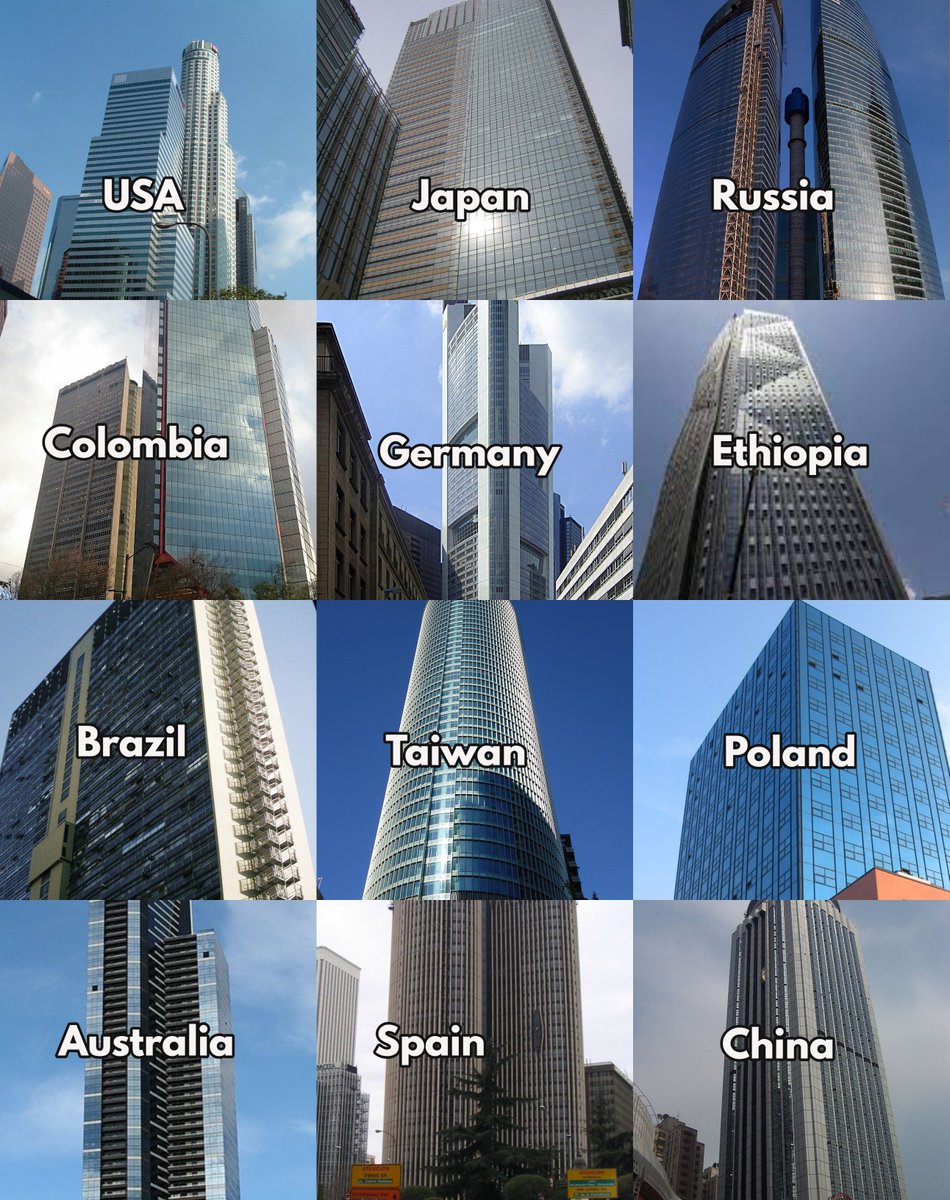 None of which means that aesthetic considerations aren’t relevant.
None of which means that aesthetic considerations aren’t relevant.Because, if anything, it’s the *appearance* of modern architecture rather than its homogeneity that seems to bother people.
Whatever the problems of homogeneity, people often accept it if they like the style.
Though, for proof of how much architecture affects us – whether our feelings or sense of identity – look no further than Disney.Architecture is everywhere in those films; it was all chosen very carefully.
When architecture is too homogenous such meaning is lost – in real life.
 So maybe everywhere is starting to look the same, but this process is an old one; it’s been at work for centuries.
So maybe everywhere is starting to look the same, but this process is an old one; it’s been at work for centuries.That doesn’t mean it can’t or shouldn’t change, but the past is rarely as simple as it seems; understanding it is the first step to understanding the present.
-
-
AuthorPosts
- You must be logged in to reply to this topic.

